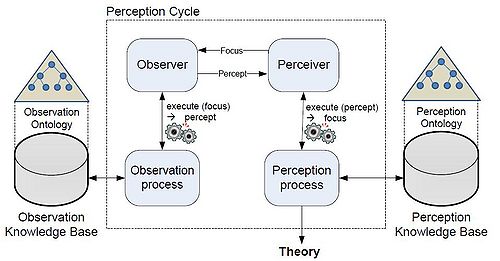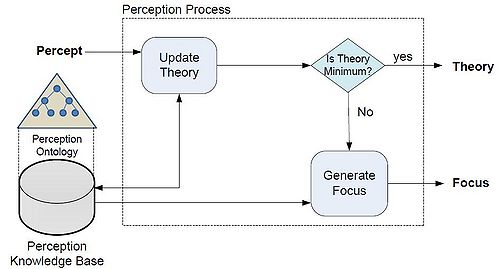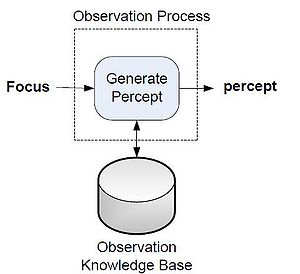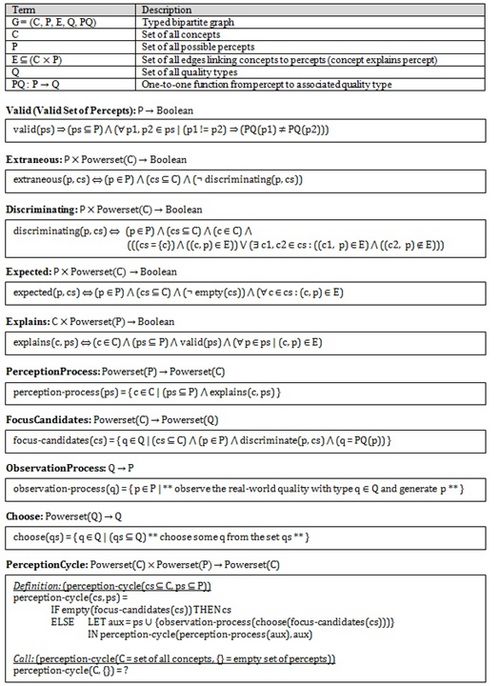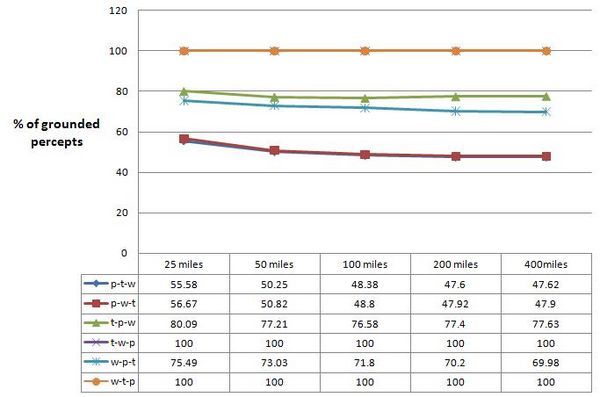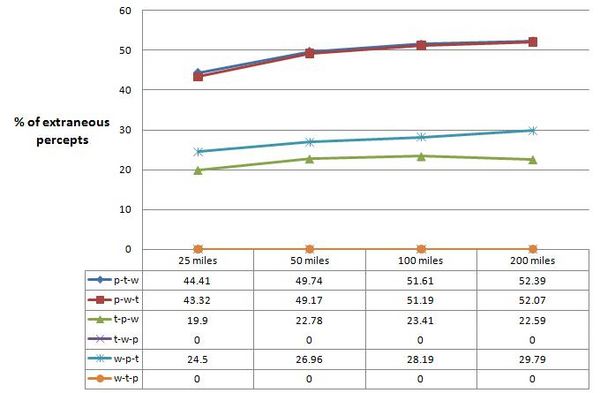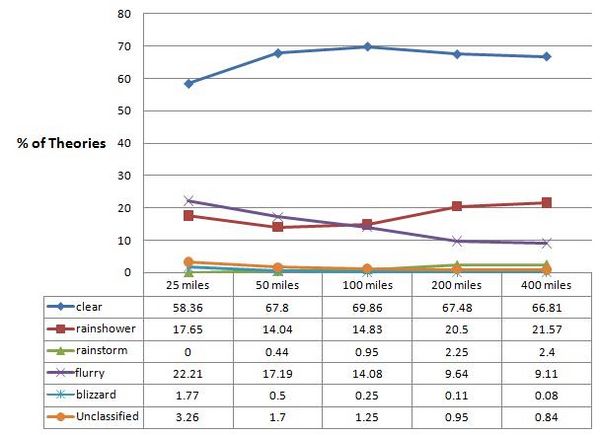Difference between revisions of "Intellego"
(Created page with '==Ontology of Perception: A Semantic Web Approach to Enhance Machine Perception== Today, many sensor networks and their applications employ a brute force approach to collecting a…') |
(→Ontology of Perception: A Semantic Web Approach to Enhance Machine Perception) |
||
| Line 1: | Line 1: | ||
| − | ==Ontology of Perception: | + | ==Ontology of Perception: <strong>IntellegO</strong> (Greek: "to perceive")== |
| − | Today, many sensor networks and their applications employ a brute force approach to collecting and analyzing sensor | + | Today, many sensor networks and their applications employ a brute force approach to collecting and analyzing sensor data. Such an approach often wastes valuable energy and computational resources by unnecessarily tasking sensors and generating observations of minimal use. People, on the other hand, have evolved sophisticated mechanisms to efficiently perceive their environment. One such mechanism includes the use of background knowledge to determine what aspects of the environment to focus our attention. In this project, we develop an ontology of perception, IntellegO, that may be used to more efficiently convert observations into perceptions. IntellegO is derived from cognitive theory, encoded in set-theory, and provides a formal semantics of machine perception. |
| − | + | ||
==System Architecture== | ==System Architecture== | ||
Revision as of 16:51, 25 May 2011
Contents
Ontology of Perception: IntellegO (Greek: "to perceive")
Today, many sensor networks and their applications employ a brute force approach to collecting and analyzing sensor data. Such an approach often wastes valuable energy and computational resources by unnecessarily tasking sensors and generating observations of minimal use. People, on the other hand, have evolved sophisticated mechanisms to efficiently perceive their environment. One such mechanism includes the use of background knowledge to determine what aspects of the environment to focus our attention. In this project, we develop an ontology of perception, IntellegO, that may be used to more efficiently convert observations into perceptions. IntellegO is derived from cognitive theory, encoded in set-theory, and provides a formal semantics of machine perception.
System Architecture
Perception Cycle
Perception Process
Observation Process
Ontologies and Knowledge Bases
Specification of Perception Cycle in Set Theory
Weather Background Knowledge
- Weather Background Knowledge
- Observation Knowledge Base
- Perception Ontology
- Perception Datasets:
Demonstrations
Statistics
Percepts Generated during Evaluation: # and %
(p = precipitation, t = temperature, w = wind speed)
25 miles (17 observers)
50 miles (70 observers)
100 miles (170 observers)
200 miles (373 observers)
400 miles (516 observers>
Percepts Generated during Evaluation: Trends
Grounded Percepts
Extraneous Percepts
